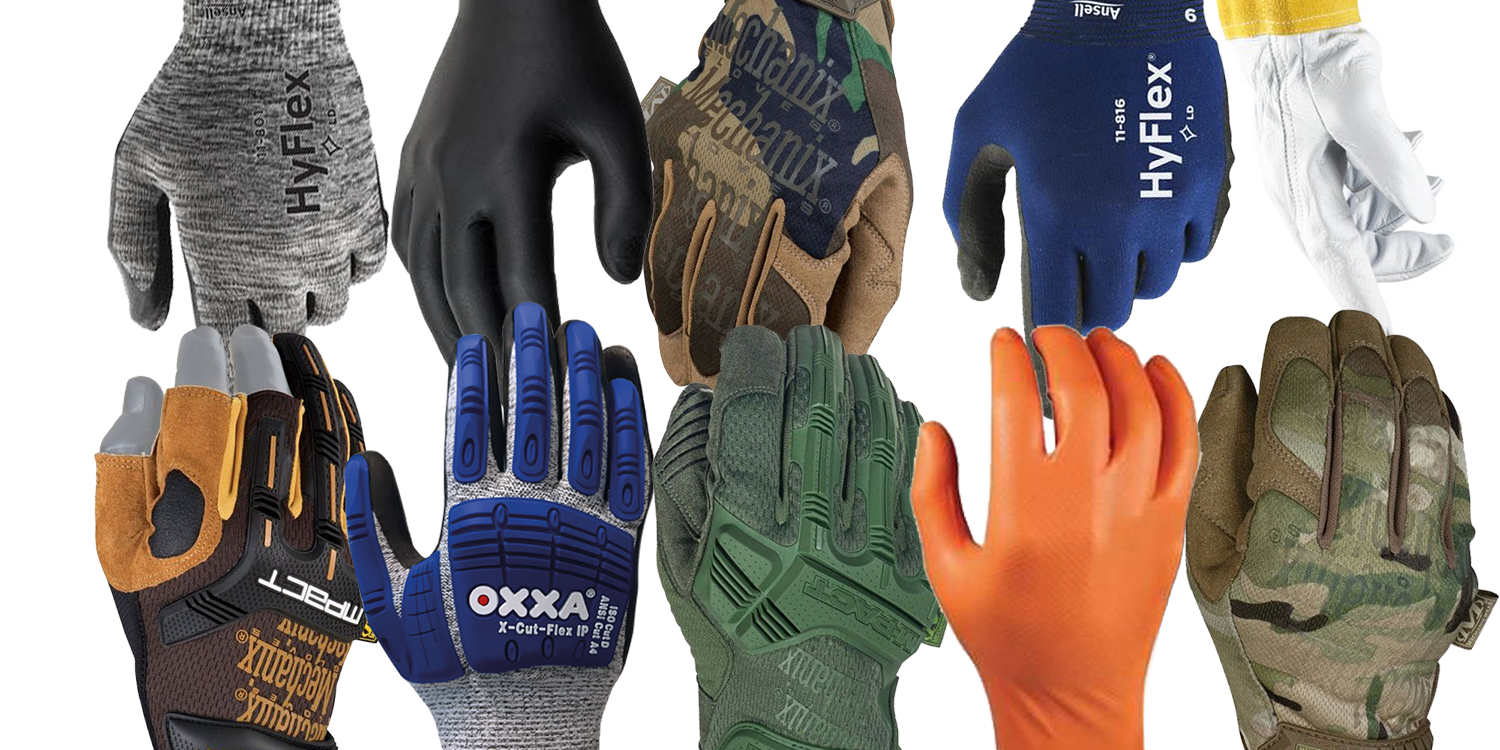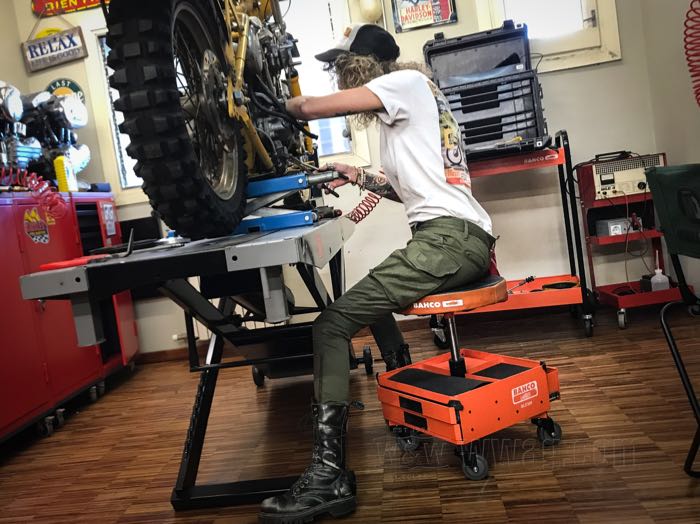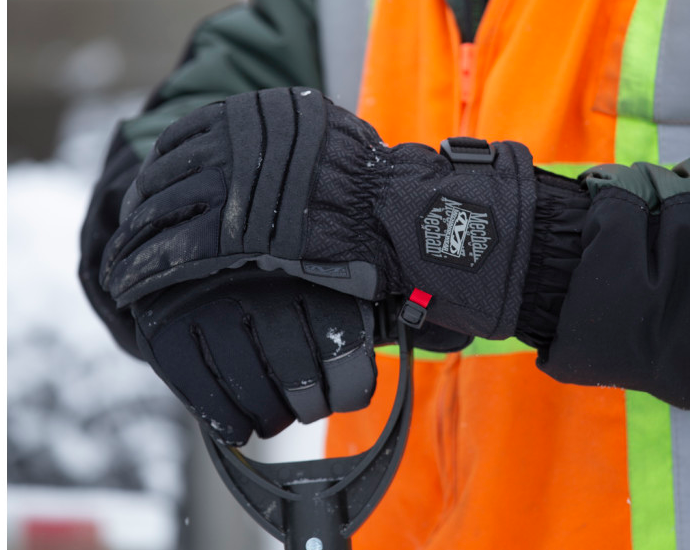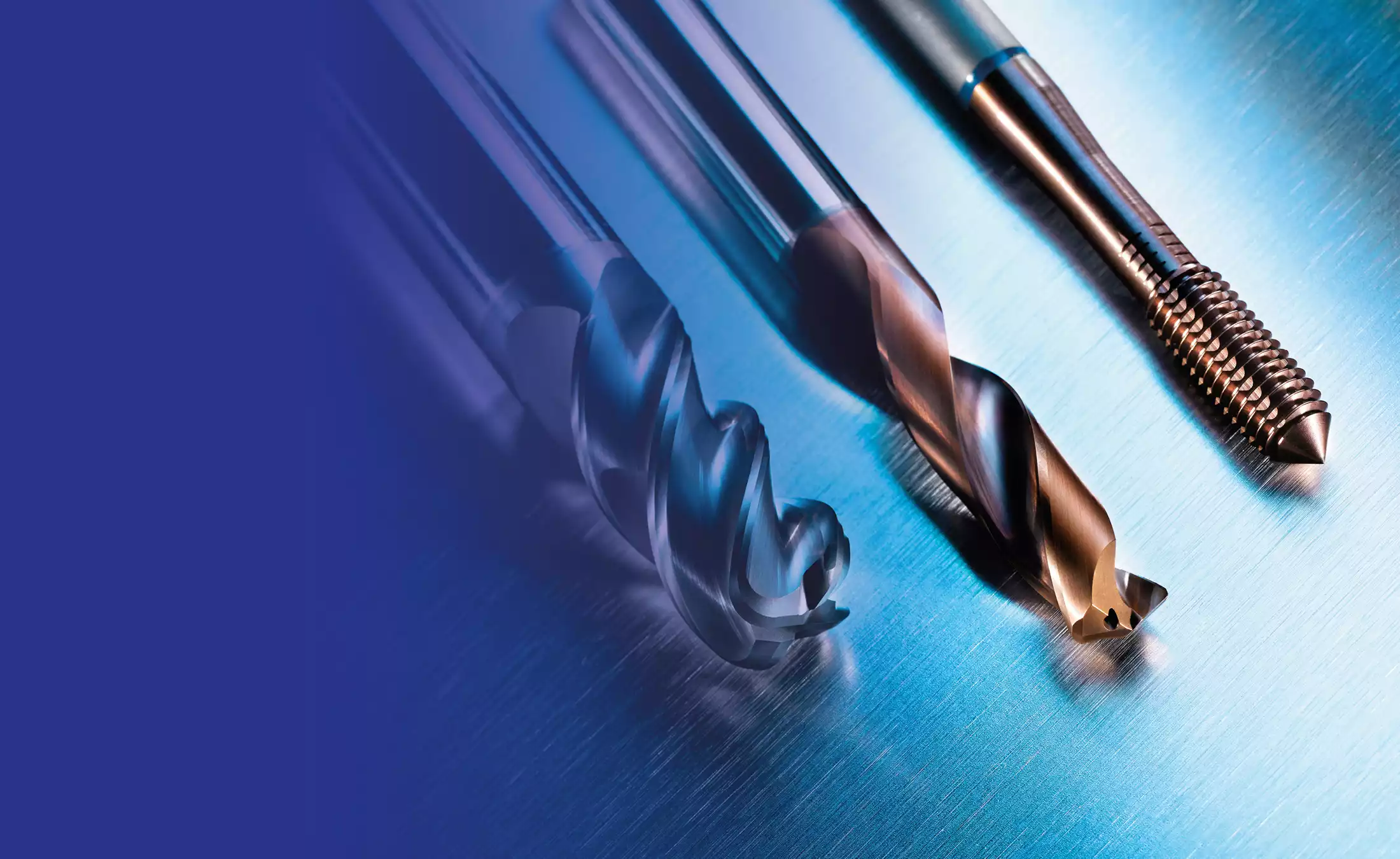How to choose the right pair?
Here you can find Werkado’s longer guide, how to choose a right glove model that fulfills all your needs and keeps you safe. When it comes to choosing work gloves, there are several factors to consider to ensure you find the right gloves for your specific needs. Here’s a step-by-step guide to help you make an informed decision:
Identify the purpose
Determine the specific tasks you’ll be performing while wearing the gloves. Different work environments and tasks require different types of gloves. For example, if you’re working with sharp objects, you’ll need cut-resistant or safety gloves, whereas for chemical handling, you’ll need gloves that provide chemical resistance.
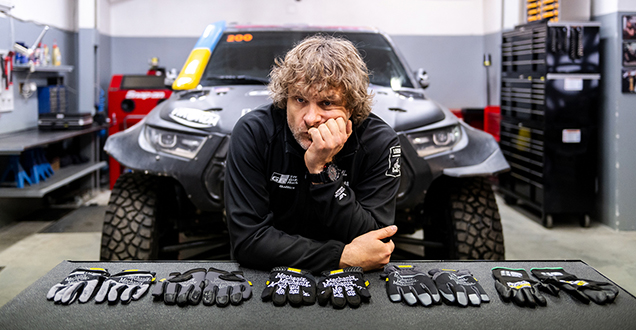
Assess hazards and risks
Consider the potential hazards and risks associated with your work. Identify the types of materials, substances, or conditions you’ll be dealing with. This could include sharp objects, chemicals, extreme temperatures, electrical hazards, or abrasion risks. Understanding the potential dangers will help you select gloves with the appropriate protective features.
Material selection
Choose the appropriate glove material based on the hazards and tasks involved. Common materials include leather, cotton, spandex, latex, nitrile, neoprene, and Kevlar. Here’s a brief overview of their features:
- Leather gloves: Offers good durability, protection against abrasion, and heat resistance.
- Cotton gloves: Provides comfort, breathability, and general-purpose hand protection.
- Latex gloves: Offers good chemical resistance and is commonly used for medical and laboratory work.
- Nitrile gloves: Provides excellent chemical resistance and is suitable for tasks involving oils, solvents, and greases.
- Neoprene gloves: Offers resistance to chemicals, oils, acids, and solvents, as well as good flexibility.
- Kevlar gloves: Known for its cut and heat resistance, it is often used in industries where sharp objects or high temperatures are involved.
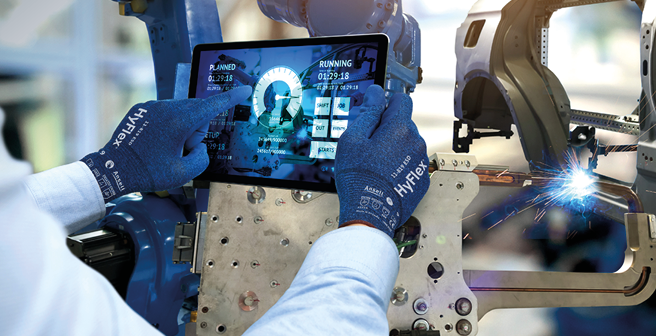
Size and fit
Proper fit is crucial for both comfort and safety. Unfitting gloves can limit dexterity and increase the risk of accidents. Measure your hand size accurately and refer to the manufacturer’s sizing chart to select the right size. Consider the glove’s flexibility and stretch to ensure a snug fit without restricting movement.
Assess dexterity requirements
Evaluate the level of dexterity needed for your tasks. Some jobs require fine motor skills and precision, while others may involve heavy lifting or gripping. Choose gloves that offer the necessary dexterity without compromising protection. Some gloves have additional grip features like textured surfaces or coatings to enhance handling.
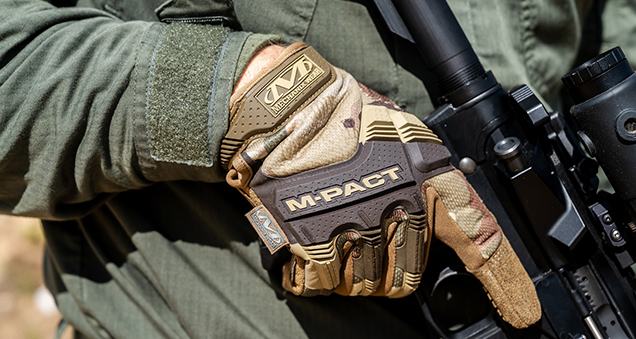
Consider Special Features
Depending on your specific needs, you may require gloves with additional features such as:
- Cut Resistance: For protection against sharp objects or blades.
- Chemical Resistance: When handling hazardous substances or liquids.
- Thermal Protection: Required for extreme temperatures or exposure to heat or cold.
- Anti-Vibration: For tasks that involve working with power tools or machinery that generates vibrations.
- Touchscreen Compatibility: If you need to use electronic devices without removing your gloves.
- Waterproofing: For wet or damp working conditions.
Assess durability and longevity
Consider the durability and expected lifespan of the gloves. Some gloves are designed for single-use or short-term tasks, while others are built for long-term use. Read reviews, check the manufacturer’s specifications, and consider the glove’s construction quality to ensure it can withstand the demands of your work environment.
Safety standards and certifications
Look for gloves that meet relevant safety standards and certifications in your industry or region. These standards ensure that the gloves have undergone testing and meet specific performance requirements for protection against hazards.
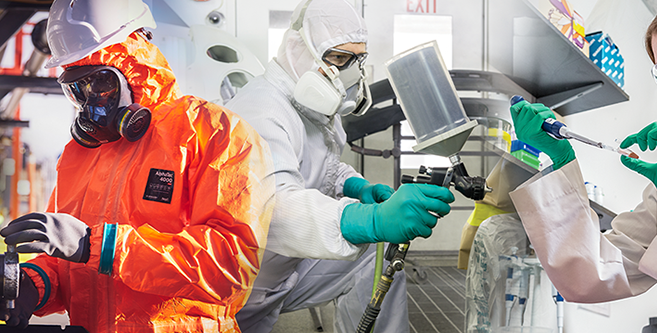
Testing, trying and feedback
If possible, try on a sample pair of gloves or get feedback from colleagues who have used similar gloves. Their firsthand experience can provide valuable insights and help you make a more informed decision.
By following these steps and considering the specific requirements of your work environment, you’ll be better equipped to choose the most suitable work gloves that provide adequate protection, comfort, and dexterity. Remember, it’s essential to regularly inspect and replace gloves that show signs of wear or damage to maintain their effectiveness.
The wrong glove model can ruin your mood or, in the worst case, your health!
